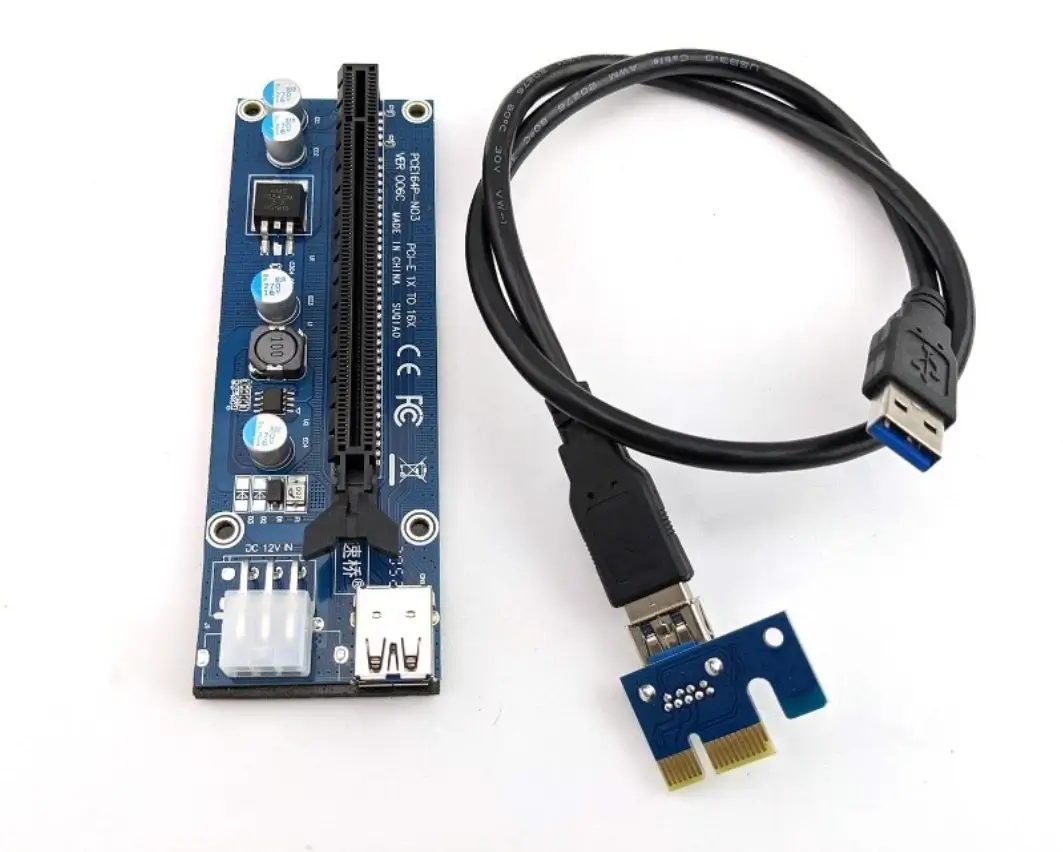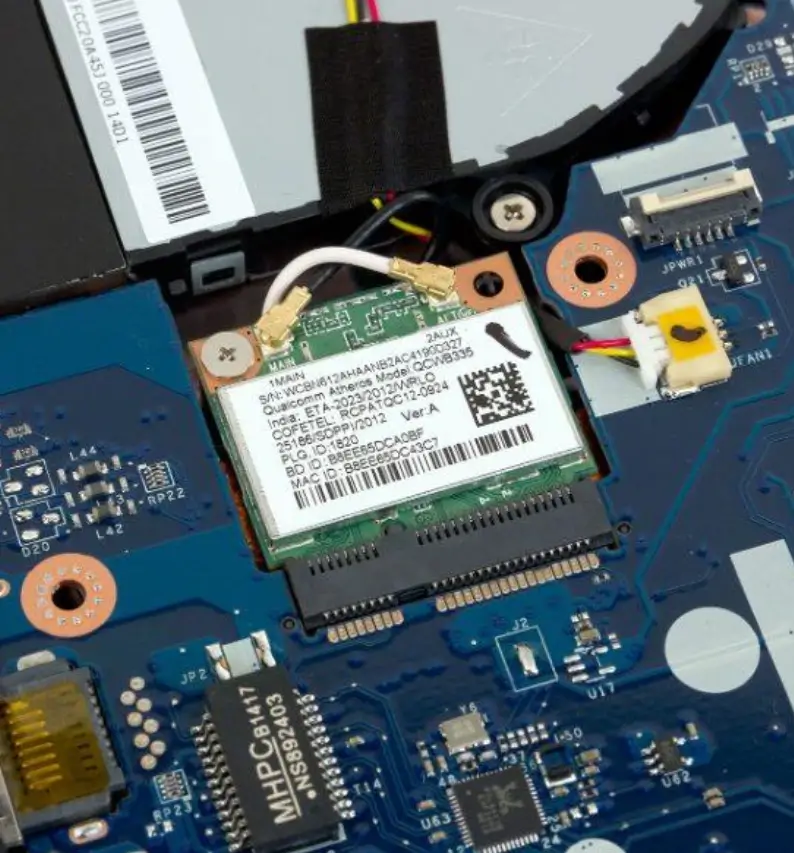What if you have a pretty good laptop with a powerful processor and fast RAM but with a simple built-in video card? Can it be turned into a full-fledged gaming PC? Can. Of course, after that, it will no longer be portable, but it will be possible to play modern games on it without problems.
What is needed for this? Connect an external video card! Today we will tell you how to do it.
We warn you right away – there are many pitfalls along the way and the chance of success is not guaranteed. Your laptop may simply not be compatible with the graphics card. Therefore, such recommendations are most relevant for those who already have an external video card (for example, if your stationary computer burned out or your laptop processor is much more powerful, and you want to connect a video card to it). Since the price of other components is not so high and there will be no failure, it won’t cost you a lot of money. It is also worth paying attention to how suitable the processor of your laptop is to the video card: whether it will allow it to give out its maximum power or not.
Requirements
So, the first thing you need is a riser board, also known as Raiser. It is not very expensive and it is not difficult to find it in online stores. It usually connects via Mini PCI-e instead of a WiFi module.
The second thing you need is a power supply. Since it will only work with a video card, it does not need to power other components (such as a processor, hard drive, etc.), then even a weak 300-400 watt PSU will suit you.
Raiser can be bought for some $35 to $50. But it is better to take more expensive options – from $100. Cheap devices may not run the power supply with the laptop, which reduces usability somewhat, have a short cable, are often found to be defective, and are generally rather unreliable.
Of course, you can use this option – but it will not be very convenient and it has a chance to fail quite quickly. Therefore, when choosing an external board, be guided by a price tag.
Such options may have cables for additional power to the video card and a separate power connector for the Raiser. Well, the reliability of such devices is an order of magnitude higher. And another big plus is the thin cord.
Connection process
1. Disconnect the battery from the laptop.
This procedure can be carried out in different ways (more difficult or easier), depending on the model of your computer. We recommend that you first find a guide for this model so as not to damage anything.
2. Remove the bottom cover of the laptop and connect the Raiser.
If the laptop has an additional Mini PCI-e slot, then you do not need to disable the Wi-Fi module. If not, then they will have to sacrifice.
This module can be located in different places, depending on the model of your laptop. Here’s what it looks like:
Remove the module and connect the Raiser instead.
To avoid losing Wi-Fi connectivity, just buy a Wi-Fi adapter. It connects via a regular USB connector.
3. Connect the Raiser to the power supply and video card.
Everything is simple here – as in a stationary computer. The video card is inserted into the slot, and the power supply is connected to the Raiser itself and the video card (if additional power is required for it, and it is required on all modern game cards). When connecting, the power supply must be disconnected from the mains. Now you can turn on your upgraded laptop.
4. Install drivers.
Here you need to be careful. Never install the driver using Windows. Also, do not use Nvidia or AMD driver installation utilities. In our case, the installation may not occur correctly. This is due to the fact that we are dealing with a laptop that by default supports mobile versions of video cards, and a Windows utility or assistant will install a driver for stationary PCs for you. Therefore, go to the official website of the manufacturer, find the driver for your video card model there, but with the addition “M”, that is, for its mobile version, and install it.
Possible problems and solutions
Drivers not installed
It may happen that not every version of the driver will work. Although you need the latest version, it is not at all a fact that it will install normally. Therefore, dig into the archive of drivers and try to install different versions and test their performance.
No image on monitor
In some cases, after installing the driver, the picture on the laptop monitor will not be displayed. The easiest way to solve the problem is to connect an external monitor to the video card. After all, you now have a desktop PC. A more complicated way is to go into the BIOS and disable the native integrated graphics card.
Other problems
Unfortunately, these are not the only problems that may arise when connecting an external video card to a laptop and it will not be possible to describe them all within the framework of one article: it all depends on the laptop model, video card and Riser you use. And if you could not achieve a result, then you will have to google your specific case. It is advisable to do this in advance, before you have purchased all the necessary equipment, in order to find out if the game is worth the candle, that is, how well your laptop and external video card fit together.


